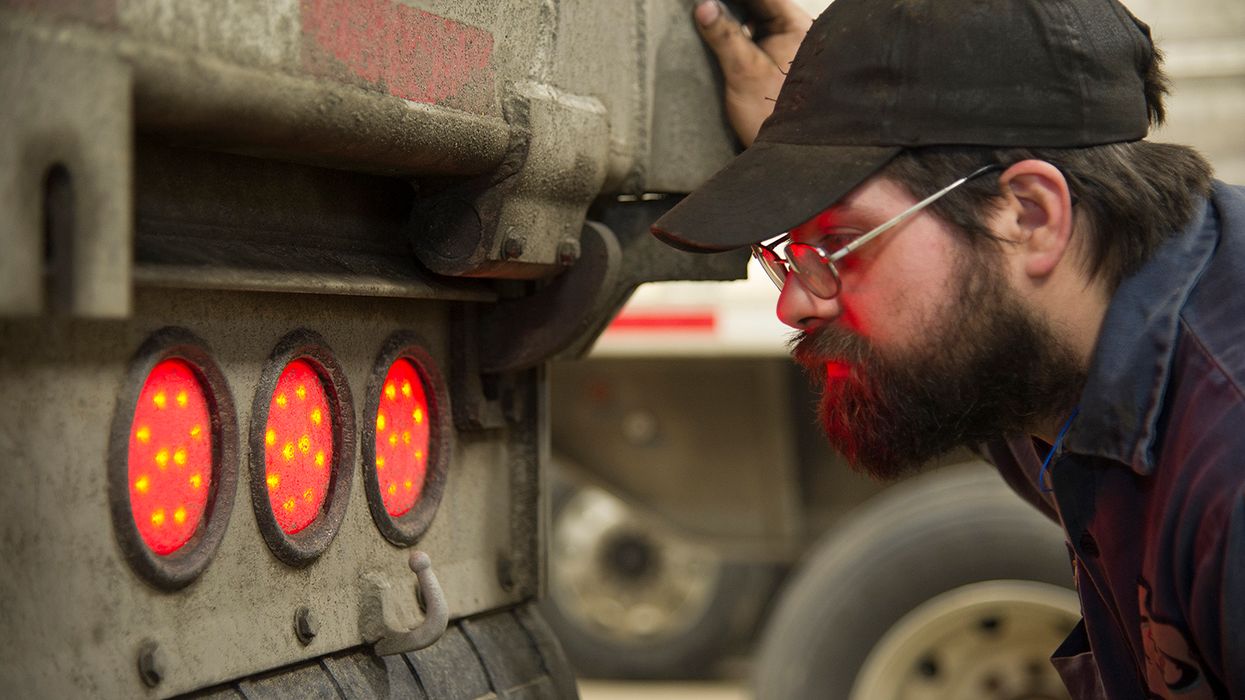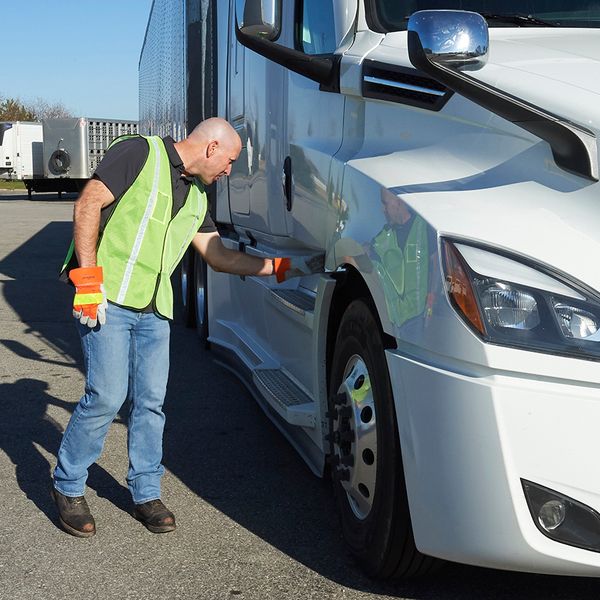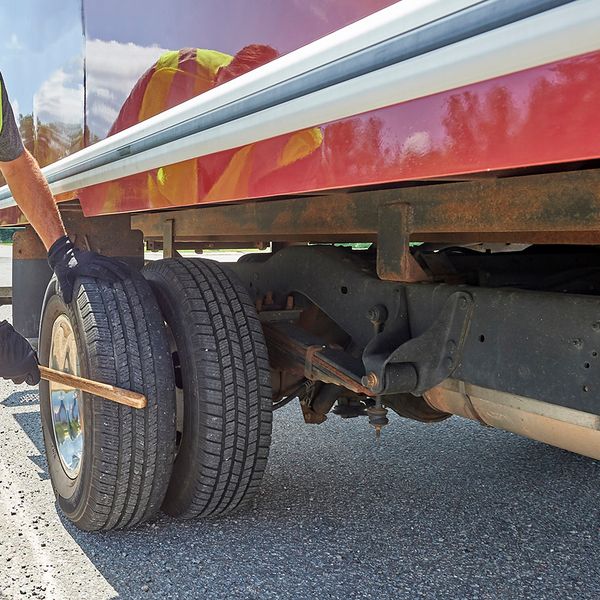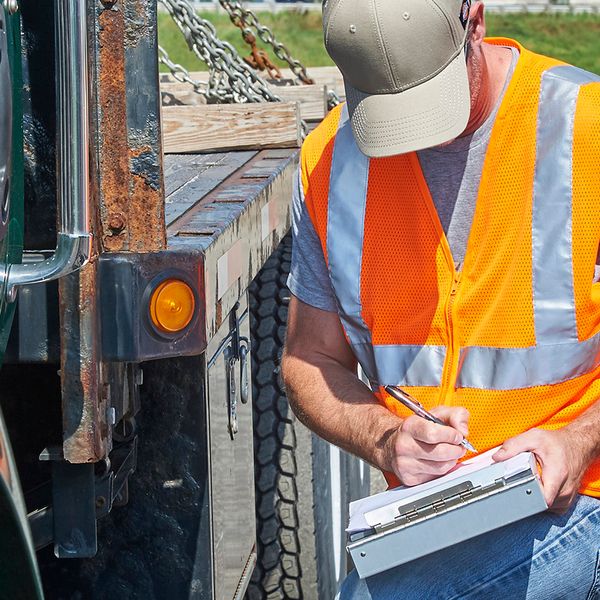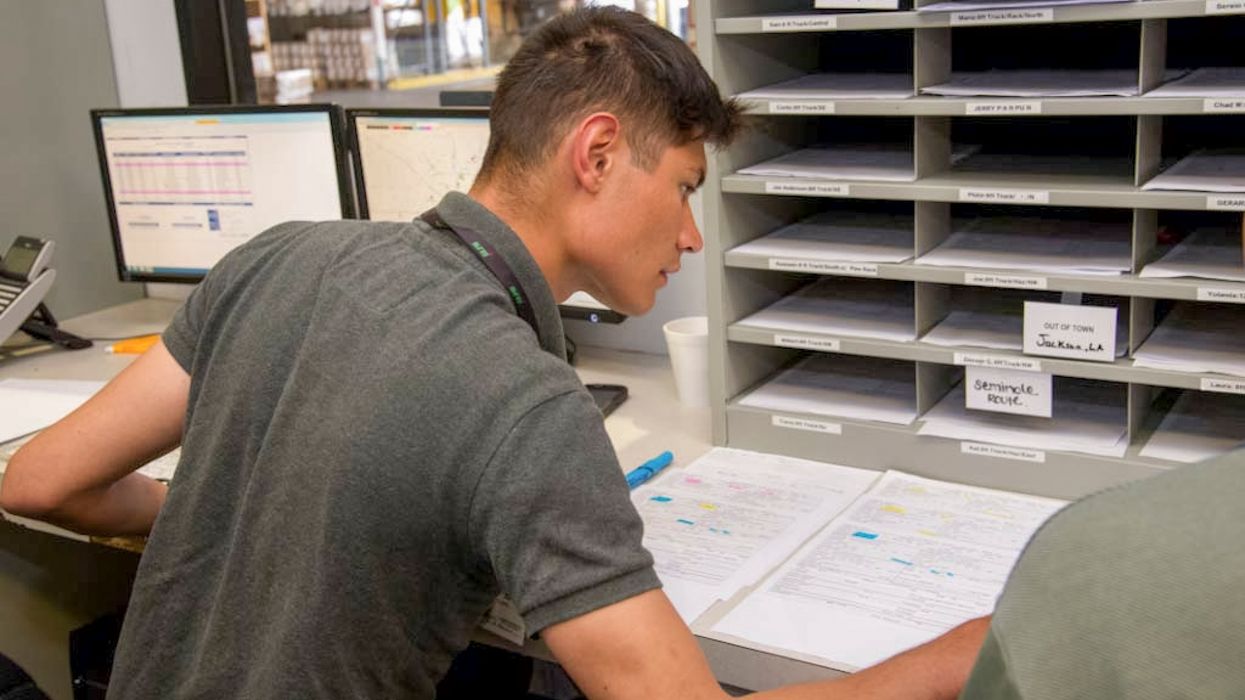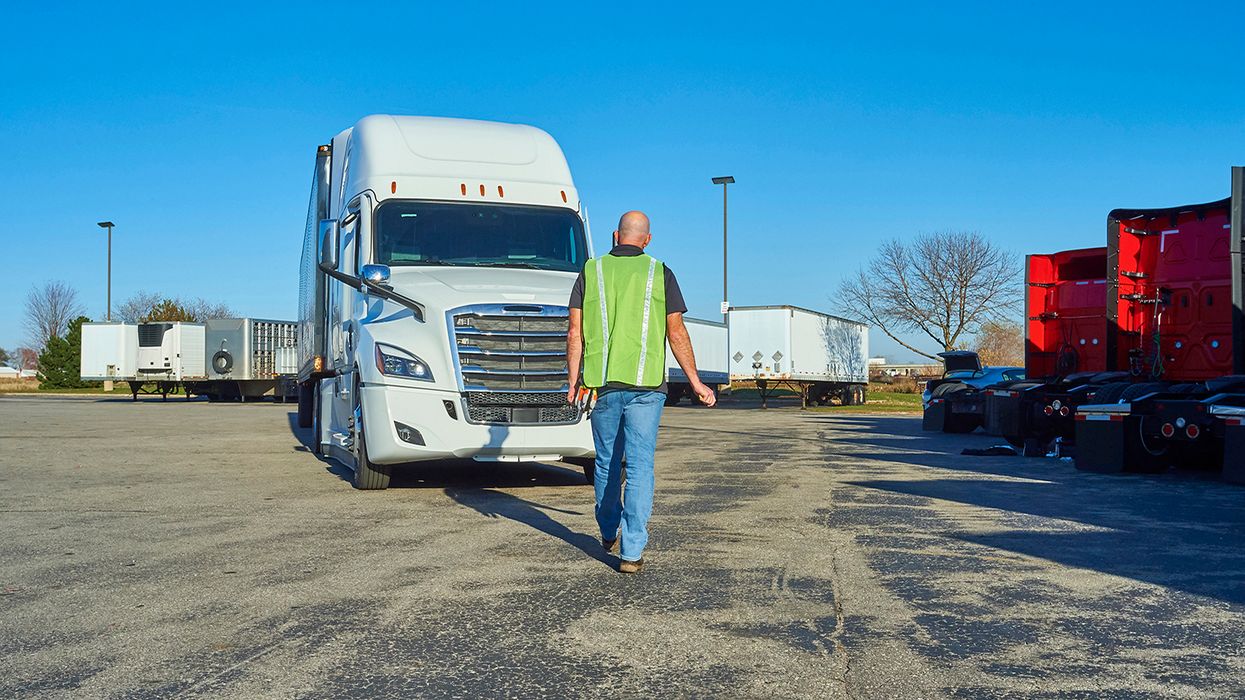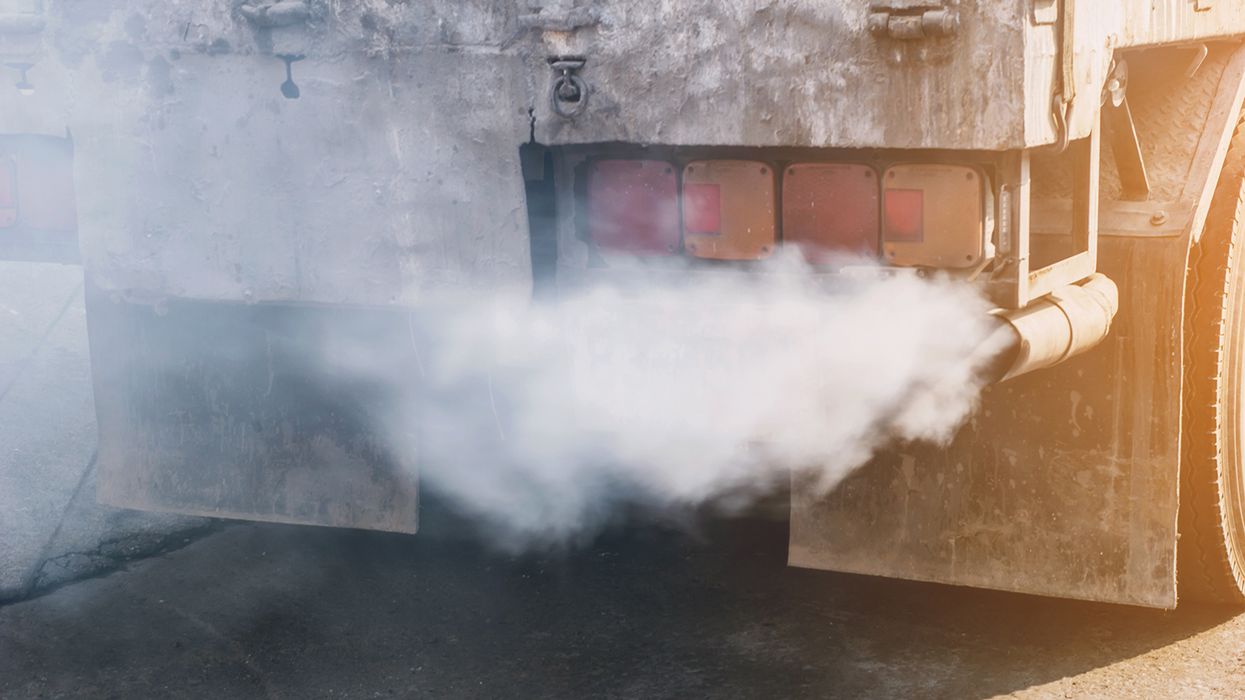5 things to know about CMV inspections
Planned changes to the Compliance, Safety, Accountability (CSA) enforcement program will place more significance on your daily commercial motor vehicle (CMV) inspections.
The Federal Motor Carrier Safety Administration (FMCSA) is planning to add a separate scoring category just for vehicle violations that CMV drivers should have found during their daily inspections.
Do you know what’s required? The following are important things to know about the FMCSA’s daily CMV inspection requirements.
1. Most pre-trip inspections are left to company policy.
Under 49 CFR 392.7, 392.8, and 392.9, drivers must be “satisfied” that their vehicle(s) are safe before driving, every time. Some interpret this to mean that an actual inspection is needed to truly be “satisfied,” but there is no specific requirement for a pre-trip inspection. That said, pre-trips are generally expected and it’s a great idea to do them, but they are not specifically required in most cases, except under company policy.
Pre-trip inspections are required, however, for drivers operating:
- Intermodal equipment (see 390.42 and 392.7), and
- Combination driveaway-towaway units (see 396.15).
2. Most post-trip inspections are left to company policy.
Similarly, there are almost no federal regulations requiring a post-trip CMV inspection. The post-trip rule (section 396.11) says drivers must complete a post-trip inspection report (DVIR) if there are safety-related defects to report. However, this rule does not require an actual inspection, as indicated in this official DOT guidance:
Question 25: Section 396.11 requires the driver, at the completion of each day’s work, to prepare a written report on each vehicle operated that day. Does this section require a “post trip inspection” of the kind described in 396.15?
Guidance: No. However, the written report must include all defects in the parts and accessories listed in 396.11(a) that were discovered by or reported to the driver during that day.
The reference to section 396.15 in this guidance relates to combination driveaway-towaway operations, which must perform post-trip inspections on certain components.
3. Documentation is left to company policy — for the most part.
There are very few regulations requiring documentation of daily inspections, so most motor carriers include documentation requirements in their written policies.
- Post-trip: Section 396.11 says drivers must prepare a DVIR when there are any safety-related vehicle defects to report. If there are no defects (which should be the case on most days), no report is required.
- Pre-trip: Section 396.13 requires drivers to review and sign the last-completed DVIR before driving. However, such a DVIR may not exist on most days because — again — DVIRs are required only when there are defects to report.
- En route: The en-route inspection rules in section 392.9 do not require any specific documentation.
- All inspections: Drivers must record all CMV inspection time as “on duty” on their daily logs, including the location and duration. The rules do not require drivers to note that the time was spent performing an inspection, however.
4. There is no 15-minute minimum.
Neither the hours-of-service rules in Part 395 nor the inspection/maintenance rules in Part 396 say that drivers must log 15 minutes for a vehicle inspection. However, many motor carriers have policies that require their drivers to take 10, 15, 20, or even 30 minutes to perform an inspection. They also have policies that require drivers to note in the remarks/comments section of their log when they do an inspection.
Typically, if a motor carrier requires its drivers to take a certain number of minutes to perform a daily inspection, it’s the post-trip inspection. This inspection typically takes the most time since it also requires the most documentation. Why have such policies? Because:
- They help ensure that drivers are actually spending time doing full and complete inspections.
- They make auditing for inspections easier. Without inspection time and notes marked on a log, auditors would need to use some other method to verify that drivers are doing their inspections.
- They help address the “believability” issue. Auditors and enforcement officers are not likely to believe that drivers can complete a full and complete inspection in 5 minutes or less, for example. Drivers who log little or no on-duty time for their inspections will be more apt to have their logs audited with a fine-tooth comb, to see if the driver is either not doing inspections or is falsifying the log.
5. Violations are common.
Despite a lack of regulations on performing daily inspections, violations related to daily inspections are still common:
- A “top 10” violation found during FMCSA audits every year is a failure to require drivers to prepare a DVIR when one is required. Make sure your drivers know when they do and do not need to complete a post-trip inspection report. When a report is prepared, make sure someone reviews it and repairs the vehicle (if necessary) before it’s driven again.
- Broken lamps are consistently the #1 violation found during roadside inspections. Even a rudimentary pre-trip inspection should uncover a broken light. Make sure your drivers are checking all required lights before they drive.
- Many other common vehicle violations are easily discoverable during an inspection. With upcoming changes to how CSA measures your drivers’ performance on daily inspections, ensure your drivers are trained on how to perform and document an adequate inspection every day, in line with company policies and regulatory requirements.
Key to remember: Daily CMV inspections are critical for compliance, but do you know what’s actually required when it comes to performing and documenting a daily CMV inspection? With added scrutiny coming from FMCSA, now’s the time to make sure you do.

